Rebuilt Shigeru Ban houses launch at the architect’s Simose Art Museum in Hiroshima
A series of rebuilt Shigeru Ban houses become available to experience and rent at the Simose Art Museum, designed by the same architect, in Hiroshima, Japan
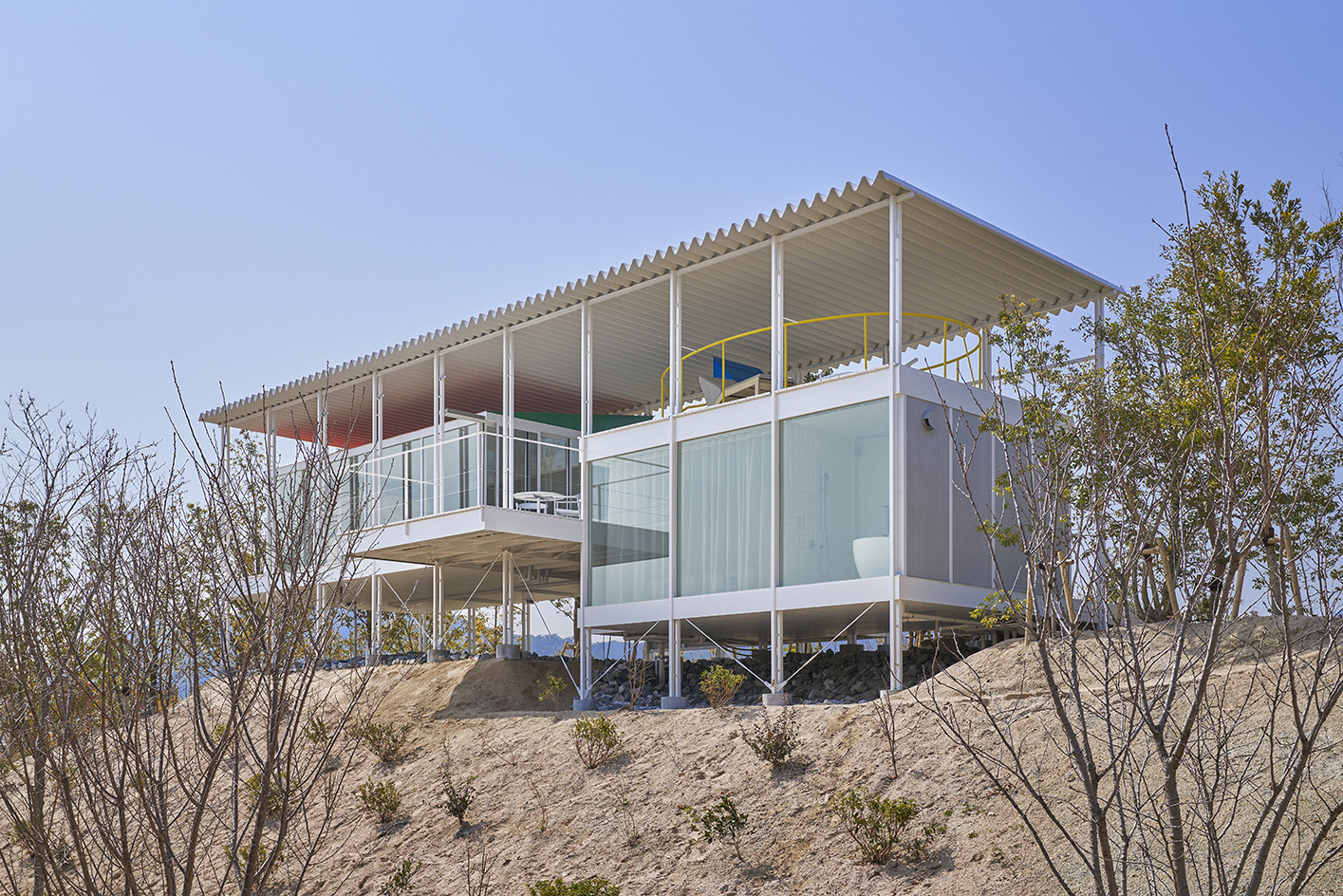
With the opening of a series of Shigeru Ban houses at the ambitious Simose Art Museum project outside of Hiroshima, fans of the architect now finally have an opportunity to experience some of Japanese architecture’s most iconic homes first hand. The new museum, also created by the architect and opening on 1 April 2023, offers a holistic experience of Japanese design, art, craft and Shigeru Ban's work.
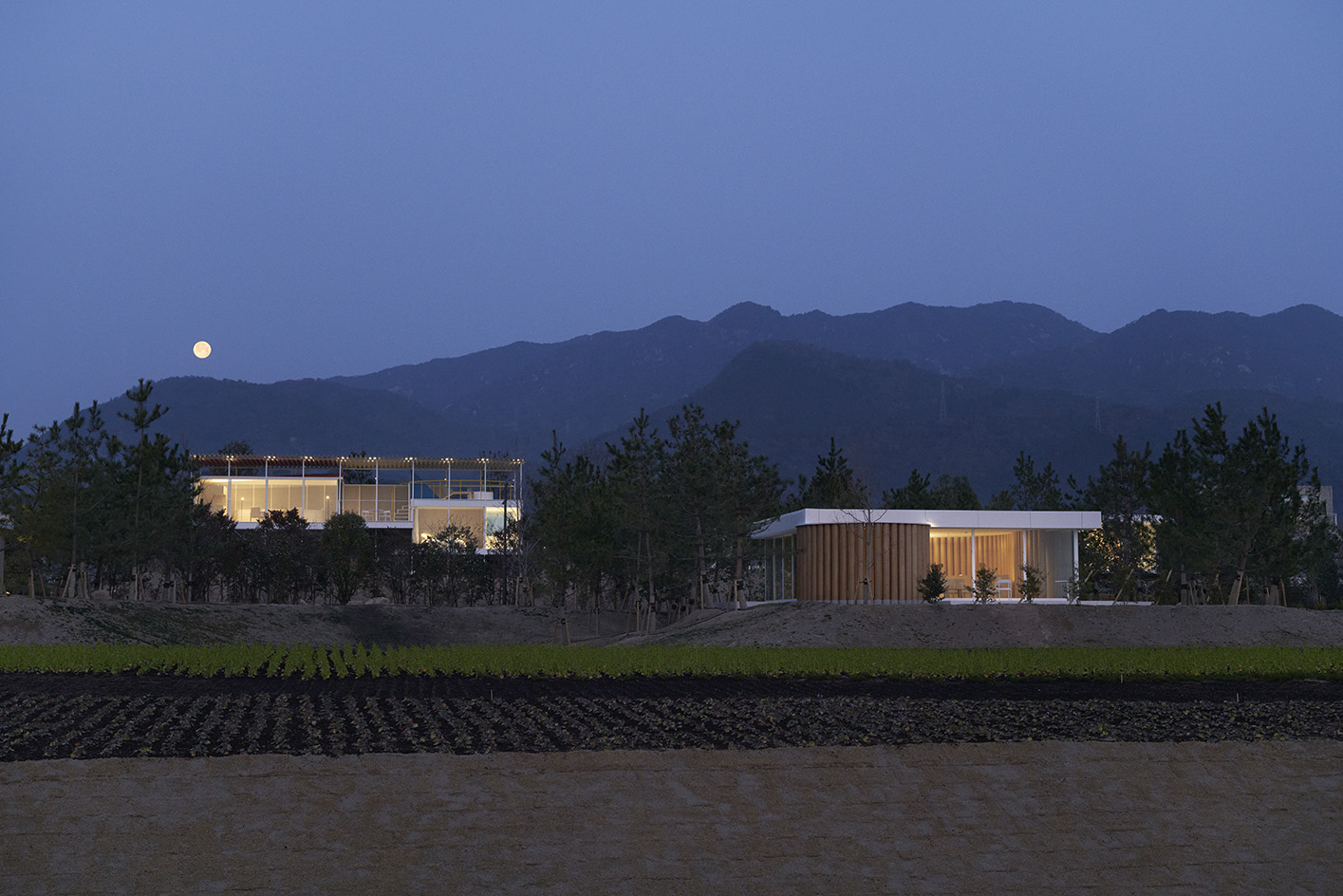
Simose Art Garden Villas
Shigeru Ban houses at the Simose Art Museum
With three sides made entirely of floor-to-ceiling sliding glass doors, Wall-Less House by Ban, originally from 1997, does indeed appear to be little more than a slab floor and floating roof. The windows open wide to blur the border between inside and out.
The architect's Paper House, built using 110 paper tubes, with a single oversized one housing the toilet, is a testament to the architect's well-known fascination with the particular material – and a true joy to experience up close.
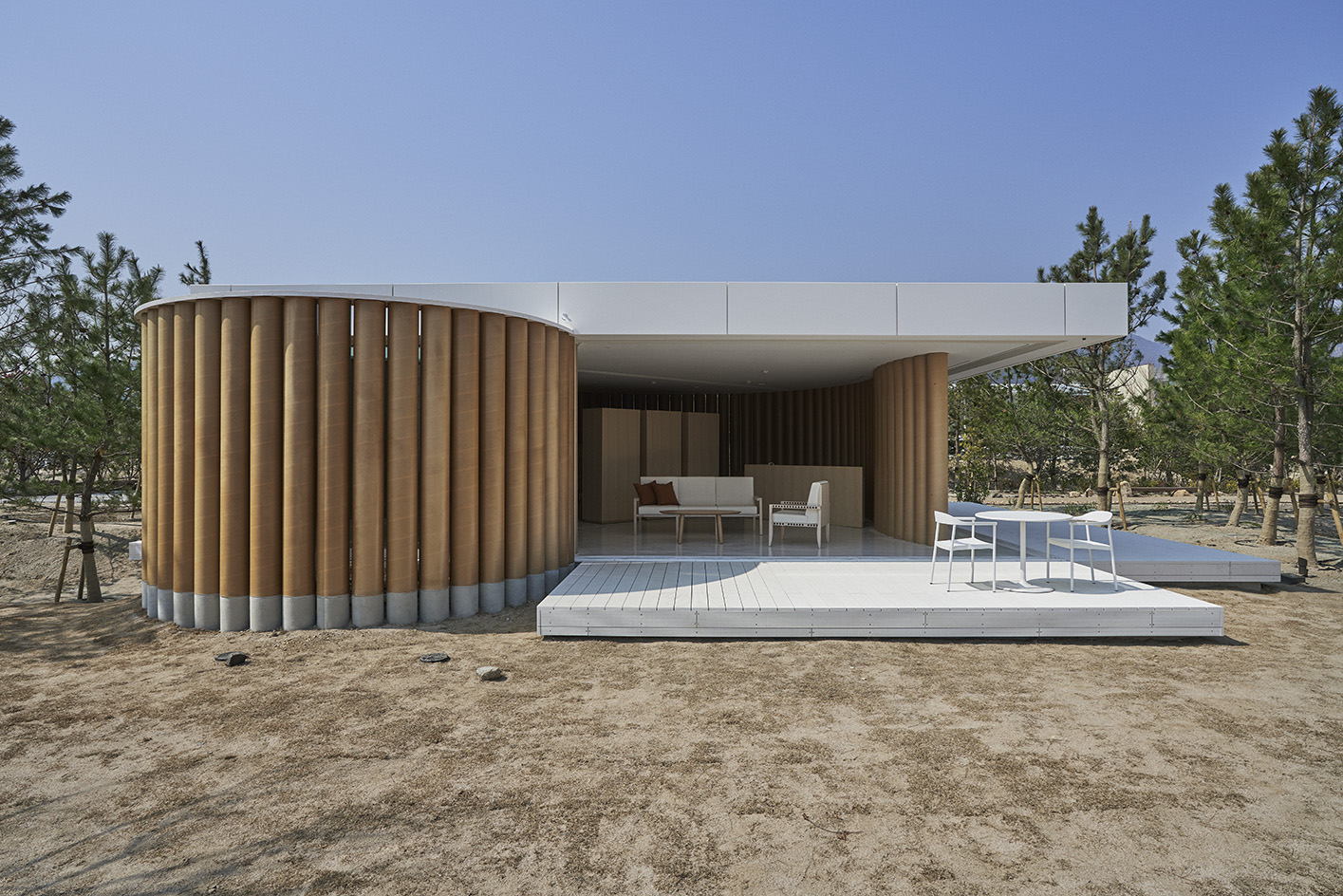
Paper House
There is also Ban’s Furniture House, where closets and bookcases double as structural elements, and the House of Double-Roof, originally built near the shores of Lake Yamanaka. It features an outdoor Jacuzzi tub with splendid views out on Hiroshima Bay and the nearby Miyajima island.
All of these projects were originally constructed in the 1990s as private vacation homes, typically off limits to the general public, and have since been demolished. Now, they have been given a new lease of life, rebuilt and only slightly modified, as part of Simose’s family of ten standalone villas that become available to rent, allowing guests to stay in one of the iconic Japanese houses.
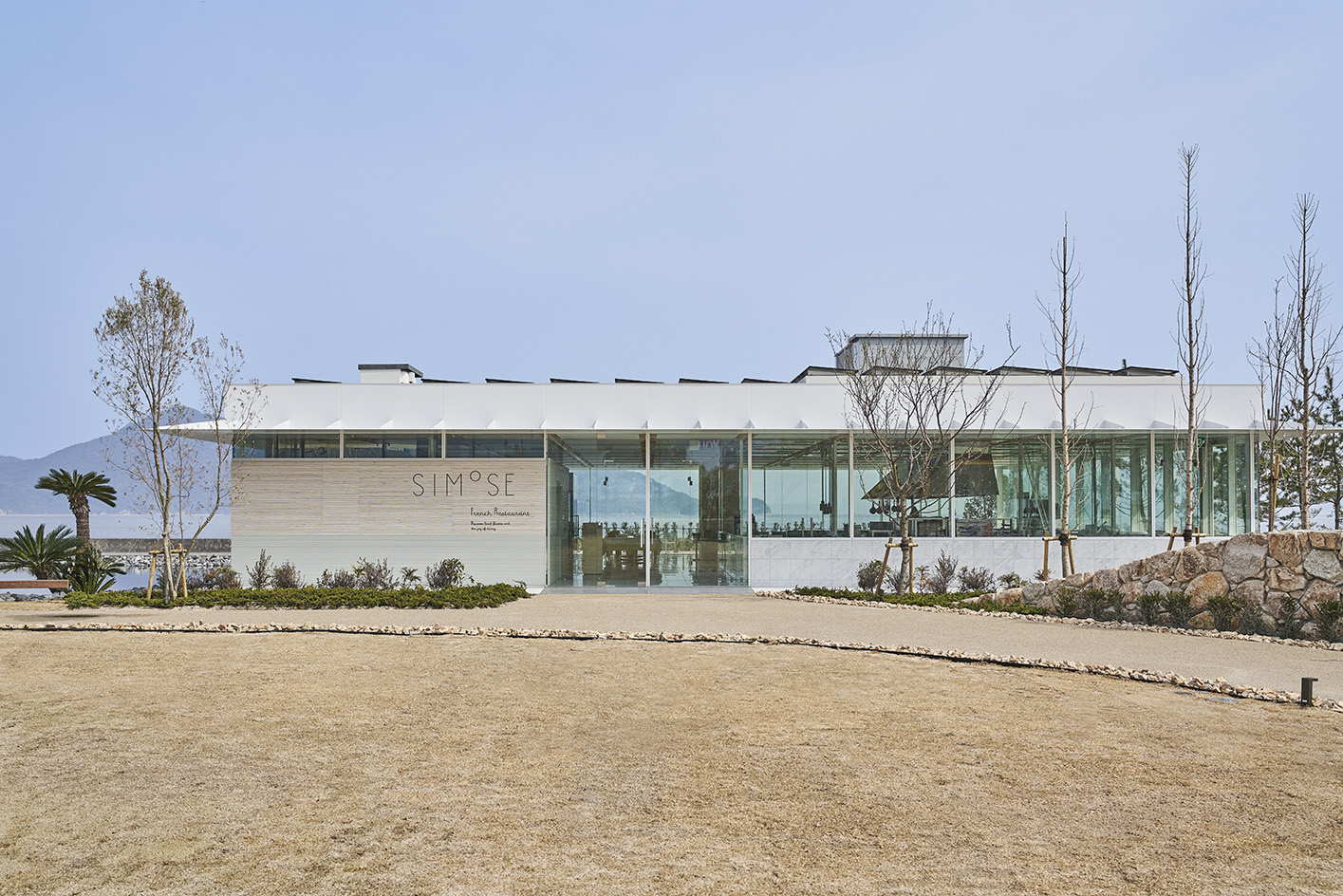
The restaurant
Accompanying the four rebuilt villas in the museum's garden area, the striking colours of Ban’s brand new Cross Wall House make it stand out in its serene surroundings. At the other end of the campus sit five newly designed Waterfront villas that make use of an Austrian timber construction element called Kielsteg.
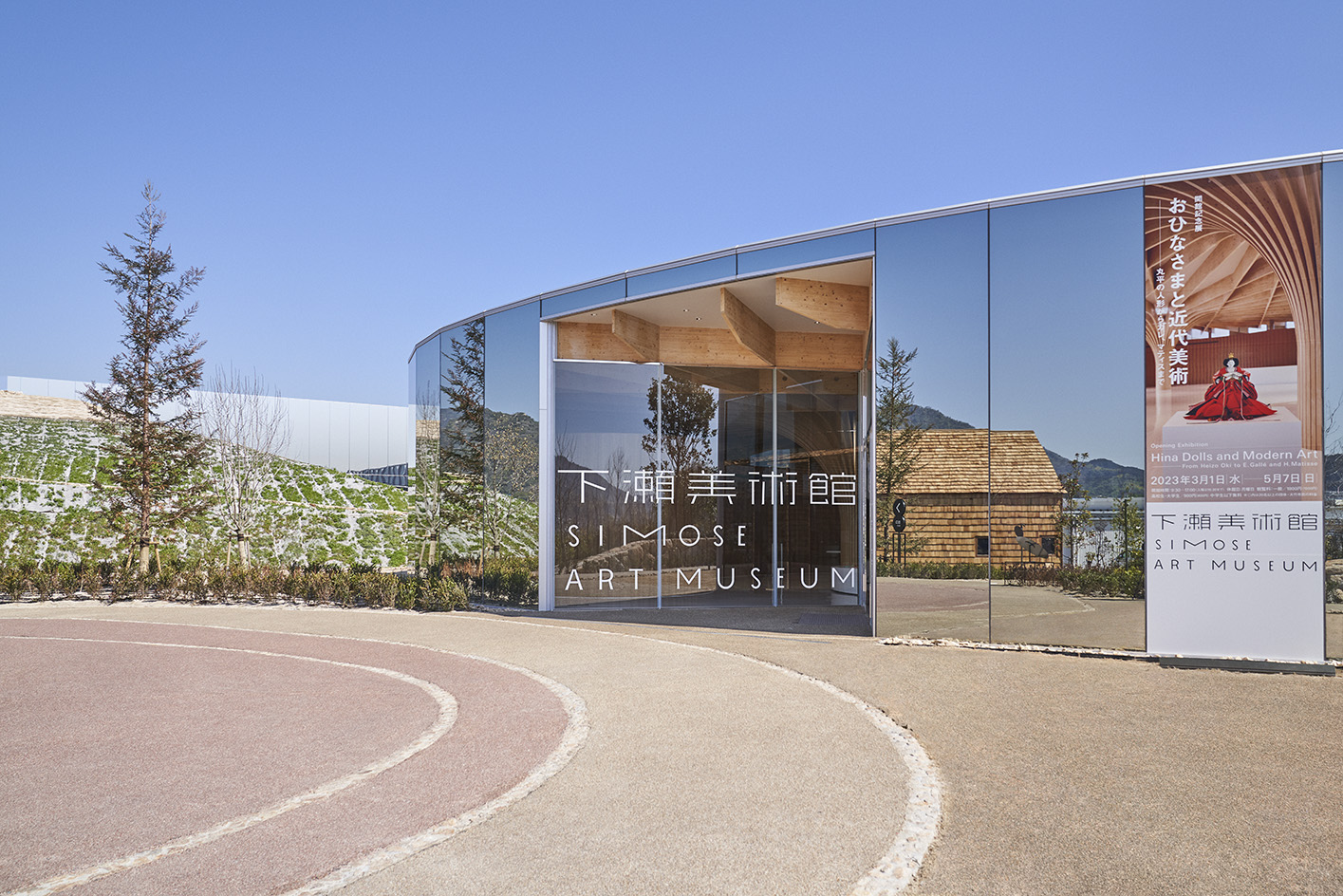
The Simose Art Museum entrance
Sitting at the heart of it all, the Simose Art Museum spreads across an impressive oval entrance hall supported by two trunk-like columns, a large exhibition space and eight floating reconfigurable cubes that will be used to display the varied art and craft collection of the museum.
Receive our daily digest of inspiration, escapism and design stories from around the world direct to your inbox.
'I wanted to make a museum that could change shape, to create a new experience for the visitors upon revisits,' Ban explains. Moving the brightly coloured cubes around requires the water level in the manmade pond they sit in to be raised before they are pushed by hand, but allows the museum a wide variety of exhibition options.
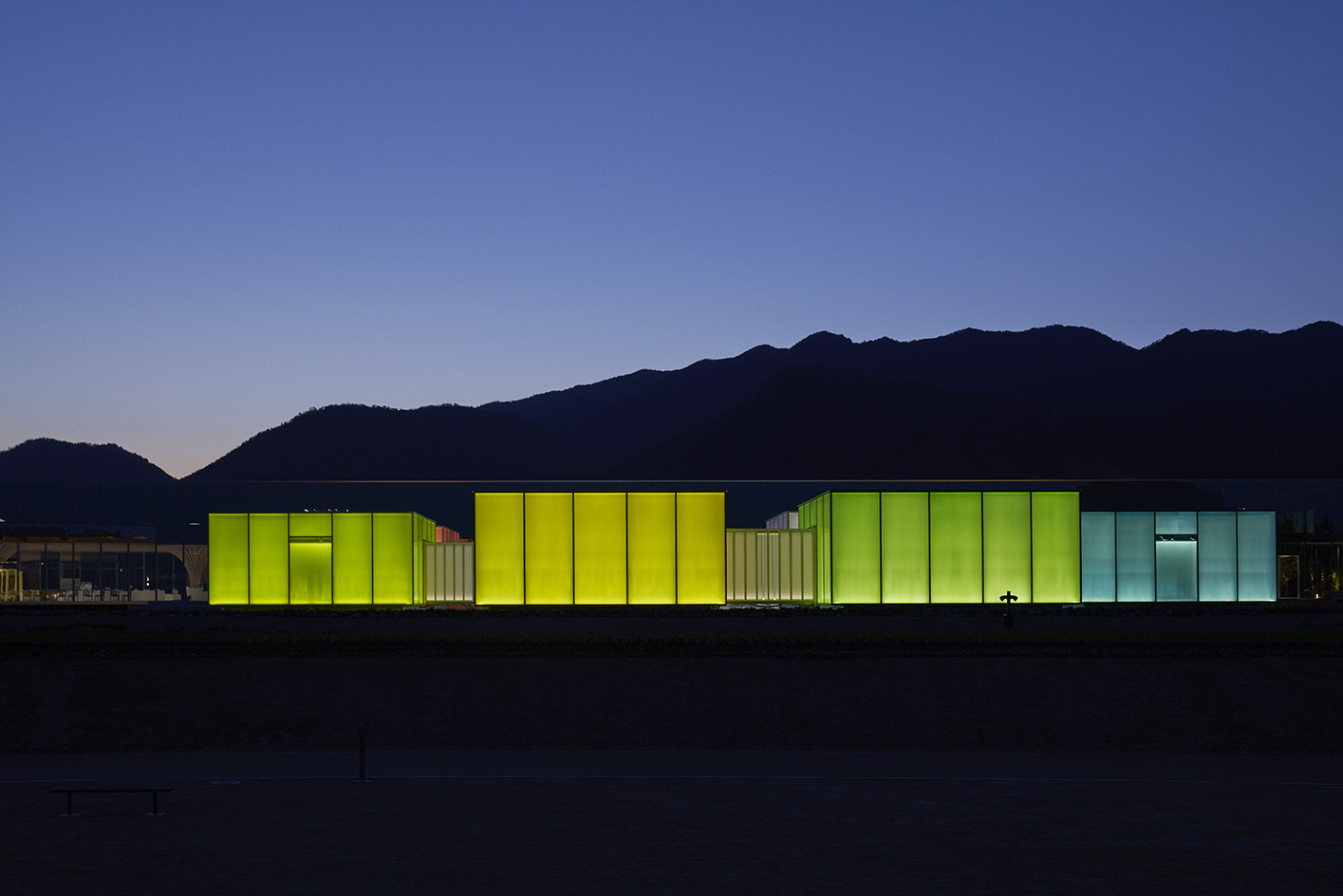
The movable galleries
With easy access from nearby Iwakuni airport, Hiroshima City centre and picturesque Miyajima island, Simose is sure to become a popular stop for visitors to Japan and locals alike.
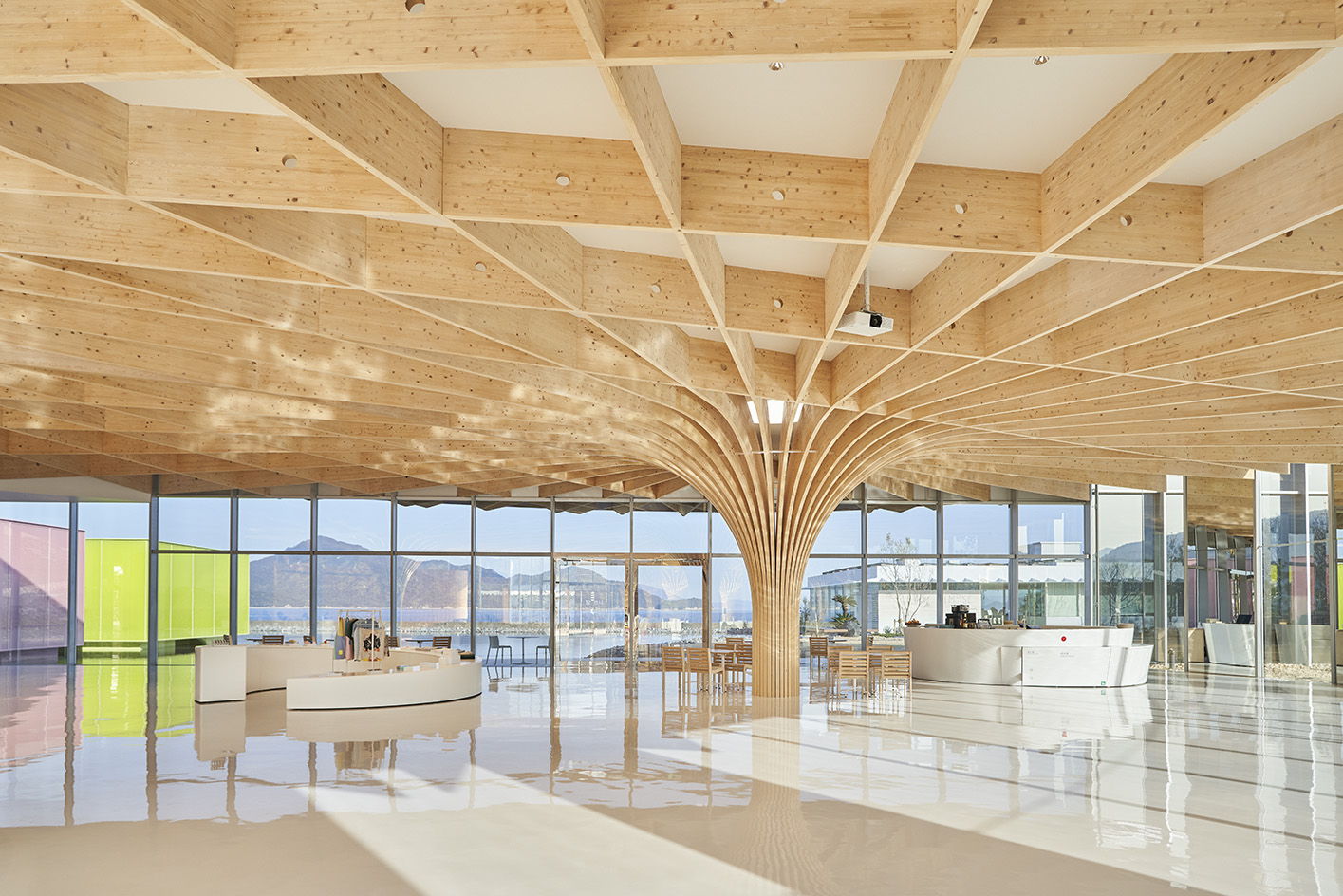
Simose Art Museum entrance interior hall
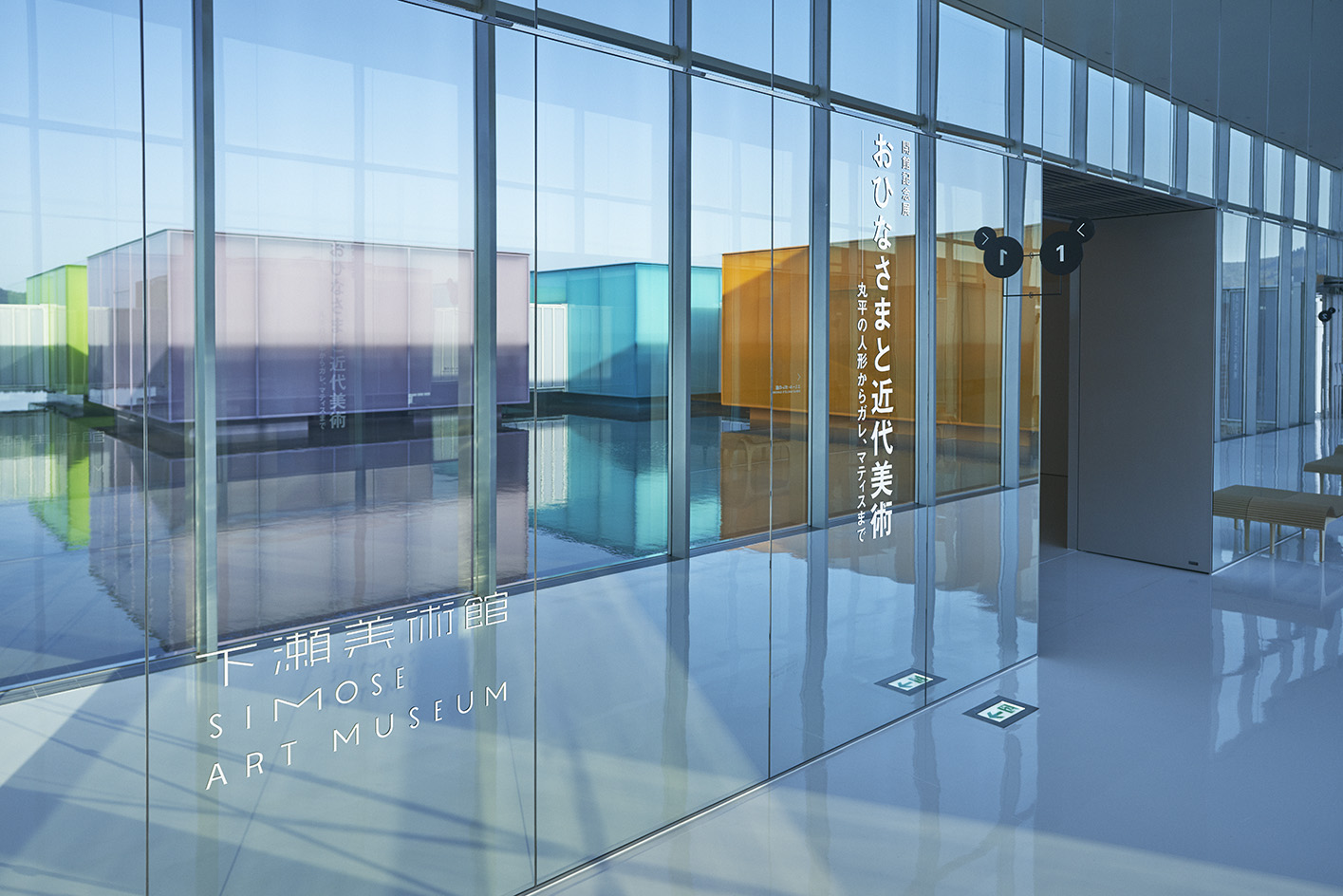
Passageway towards the galleries
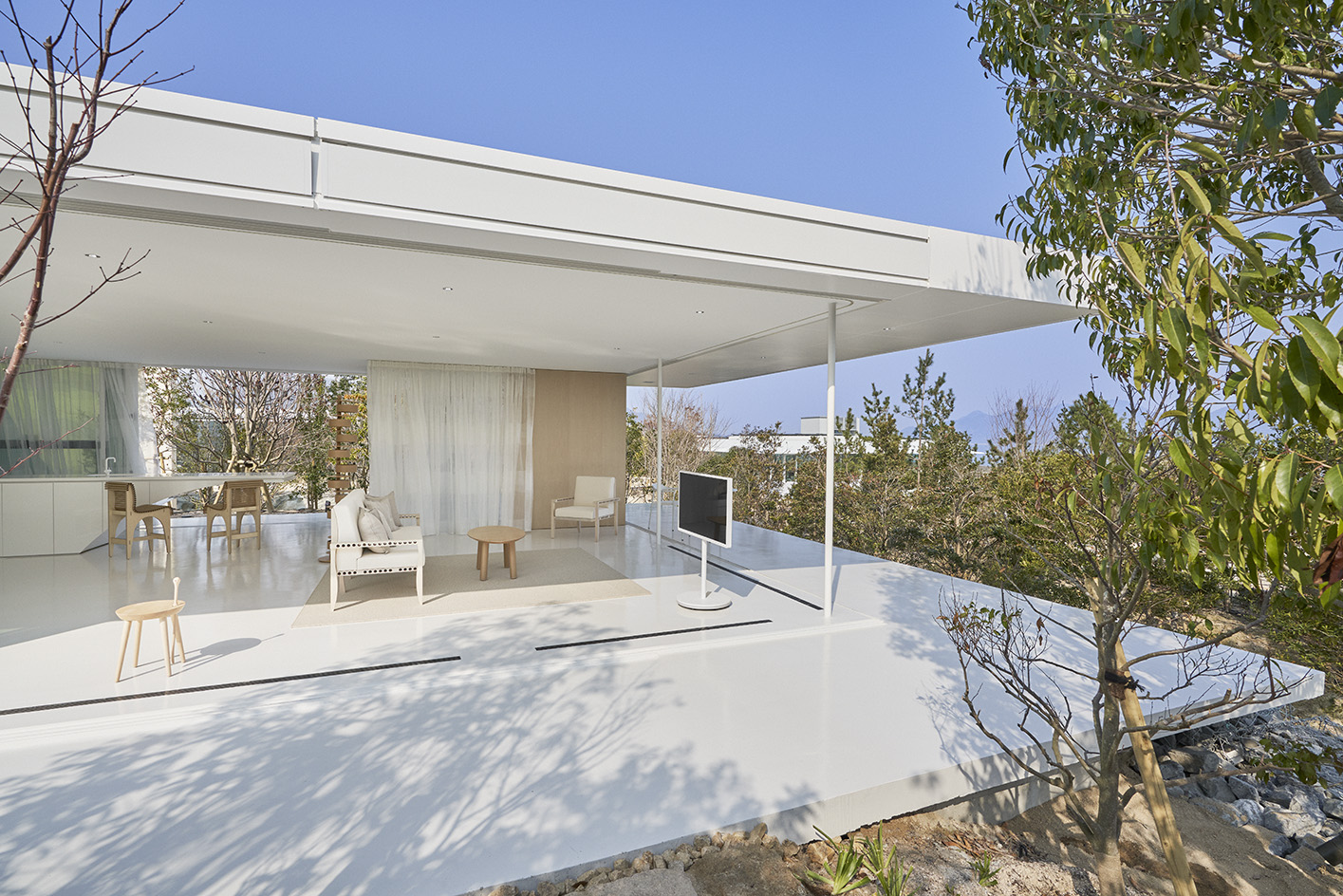
Wall-Less House
Originally from Denmark, Jens H. Jensen has been calling Japan his home for almost two decades. Since 2014 he has worked with Wallpaper* as the Japan Editor. His main interests are architecture, crafts and design. Besides writing and editing, he consults numerous business in Japan and beyond and designs and build retail, residential and moving (read: vans) interiors.
-
 Martell’s high-tech new cognac bottle design takes cues from Swiss watch-making and high-end electronics
Martell’s high-tech new cognac bottle design takes cues from Swiss watch-making and high-end electronicsUnconventional inspirations for a heritage cognac, perhaps, but Martell is looking to the future with its sharp-edged, feather-light, crystal-clear new design
-
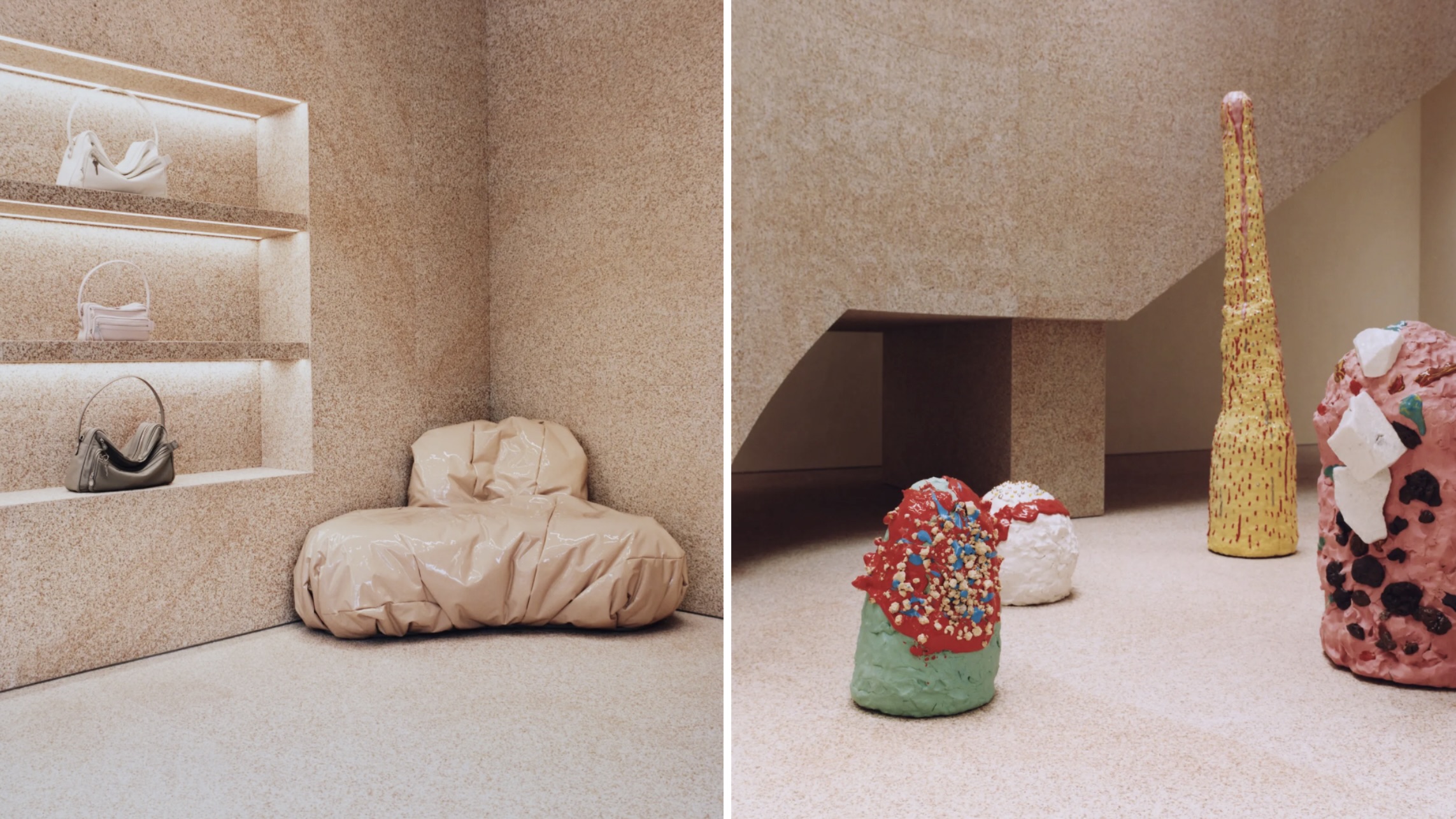 In 2025, fashion retail had a renaissance. Here’s our favourite store designs of the year
In 2025, fashion retail had a renaissance. Here’s our favourite store designs of the year2025 was the year that fashion stores ceased to be just about fashion. Through a series of meticulously designed – and innovative – boutiques, brands invited customers to immerse themselves in their aesthetic worlds. Here are some of the best
-
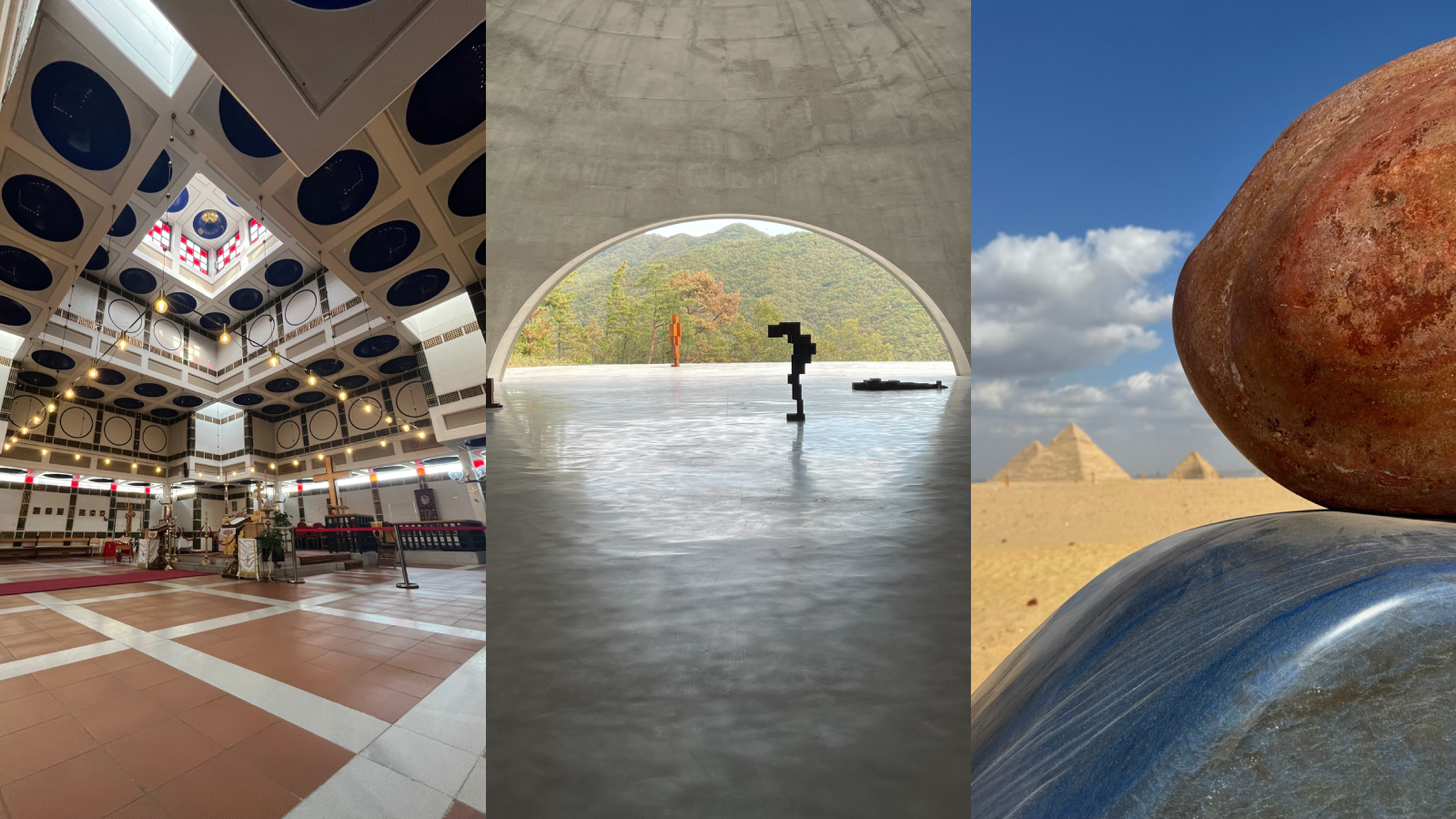 The Wallpaper* team’s travel highlights of the year
The Wallpaper* team’s travel highlights of the yearA year of travel distilled. Discover the destinations that inspired our editors on and off assignment
-
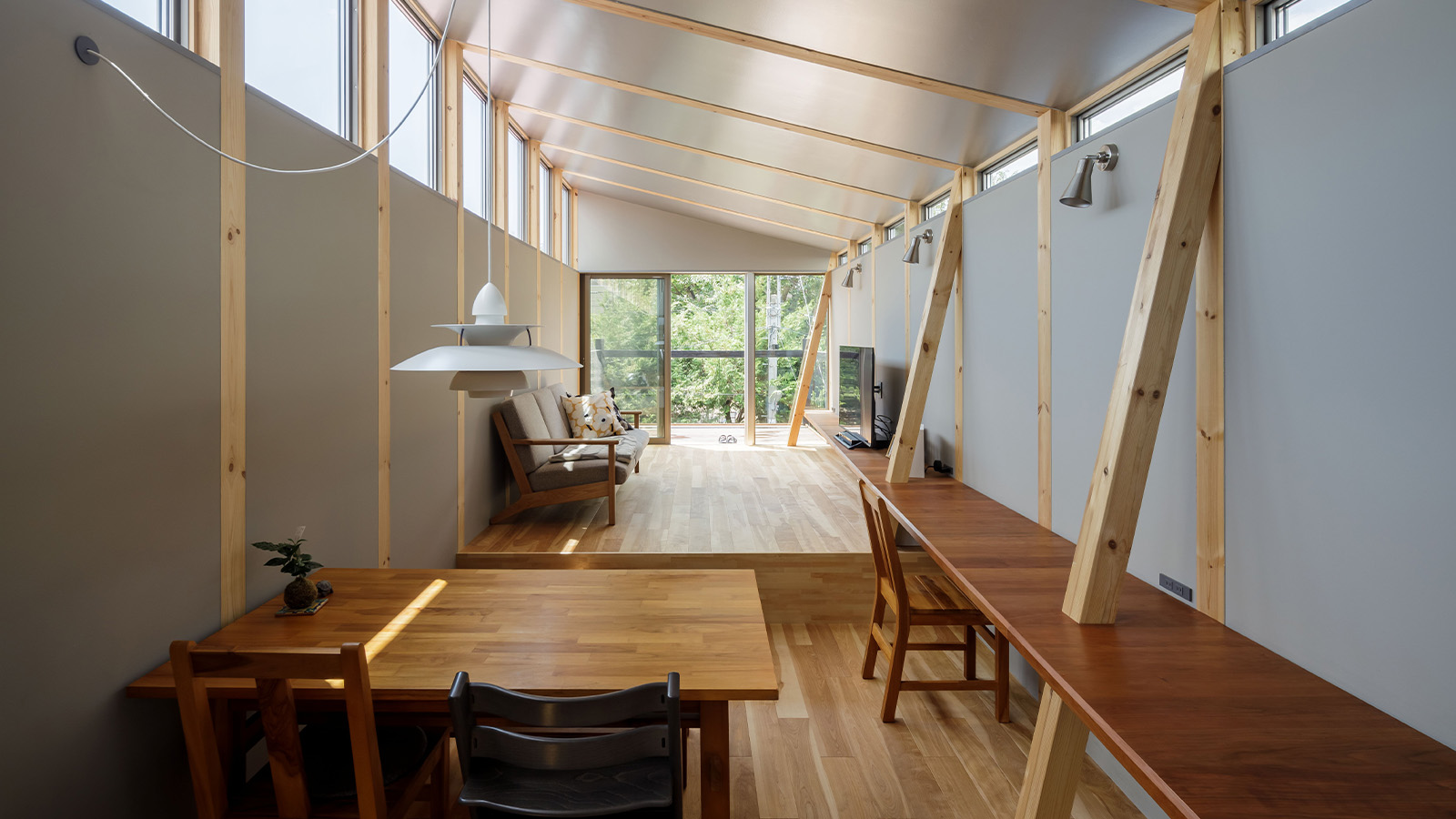 This Fukasawa house is a contemporary take on the traditional wooden architecture of Japan
This Fukasawa house is a contemporary take on the traditional wooden architecture of JapanDesigned by MIDW, a house nestled in the south-west Tokyo district features contrasting spaces united by the calming rhythm of structural timber beams
-
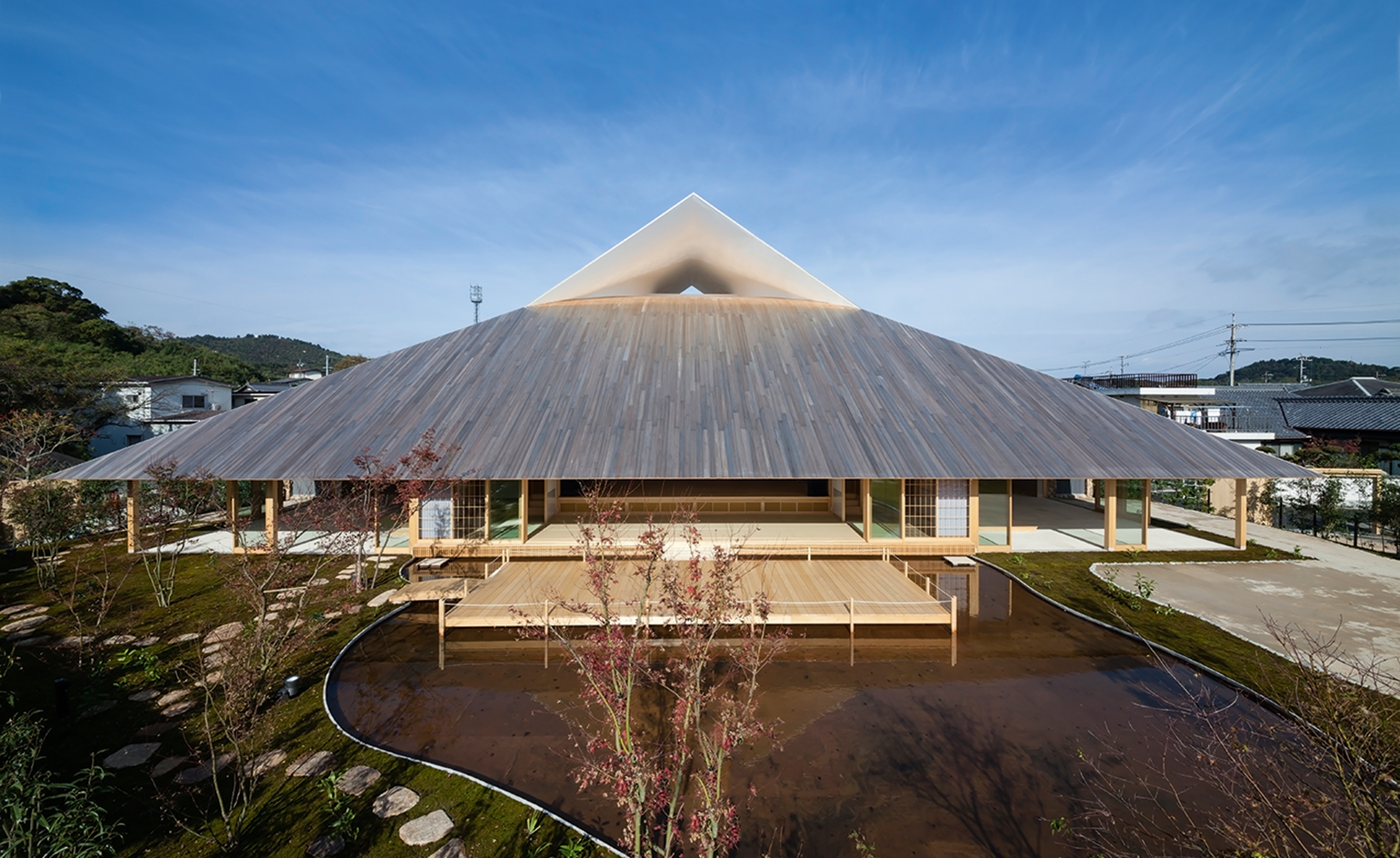 Take a tour of the 'architectural kingdom' of Japan
Take a tour of the 'architectural kingdom' of JapanJapan's Seto Inland Sea offers some of the finest architecture in the country – we tour its rich selection of contemporary buildings by some of the industry's biggest names
-
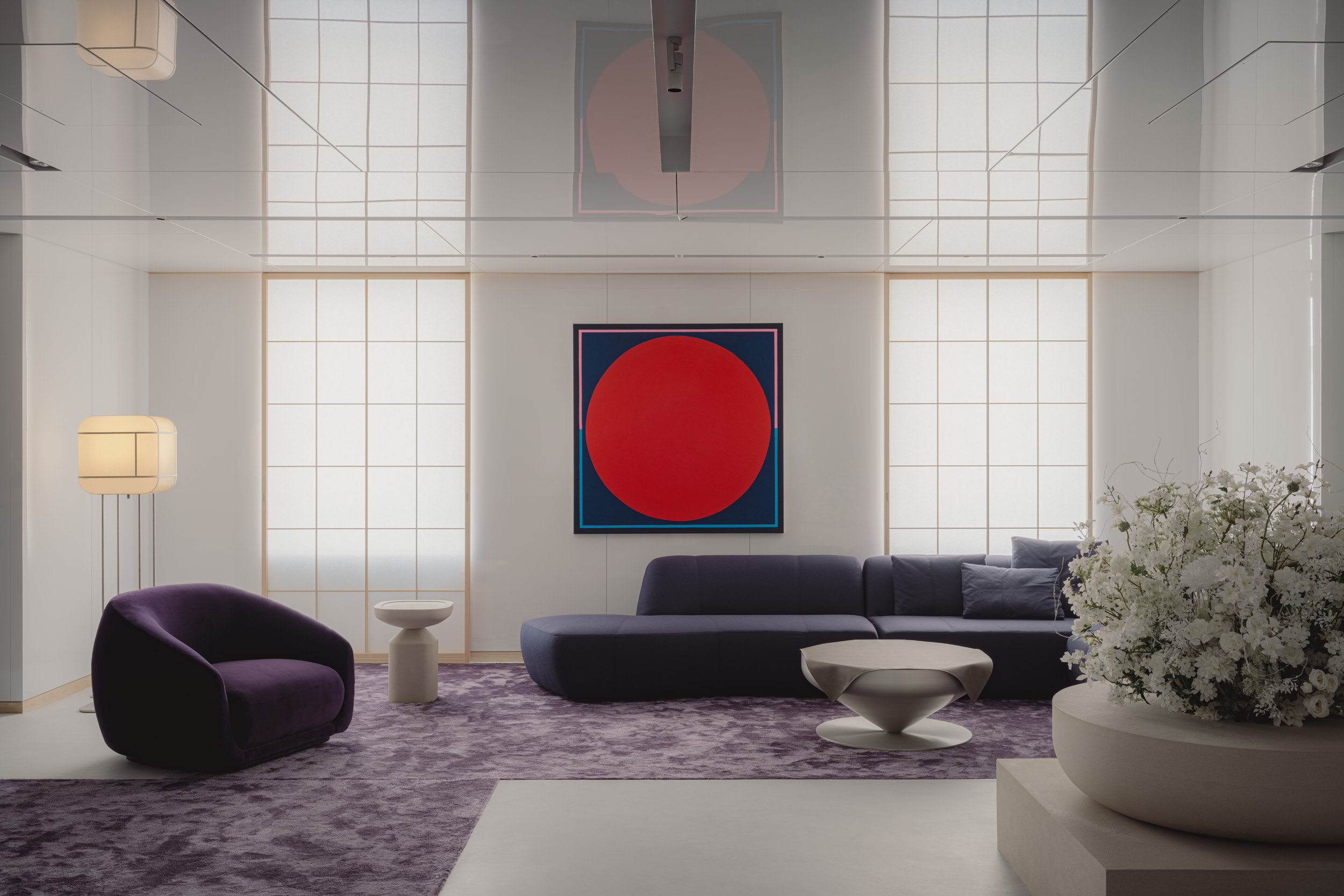 Matsuya Ginza lounge is a glossy haven at Tokyo’s century-old department store
Matsuya Ginza lounge is a glossy haven at Tokyo’s century-old department storeA new VIP lounge inside Tokyo’s Matsuya Ginza department store, designed by I-IN, balances modernity and elegance
-
 The Architecture Edit: Wallpaper’s houses of the month
The Architecture Edit: Wallpaper’s houses of the monthThis September, Wallpaper highlighted a striking mix of architecture – from iconic modernist homes newly up for sale to the dramatic transformation of a crumbling Scottish cottage. These are the projects that caught our eye
-
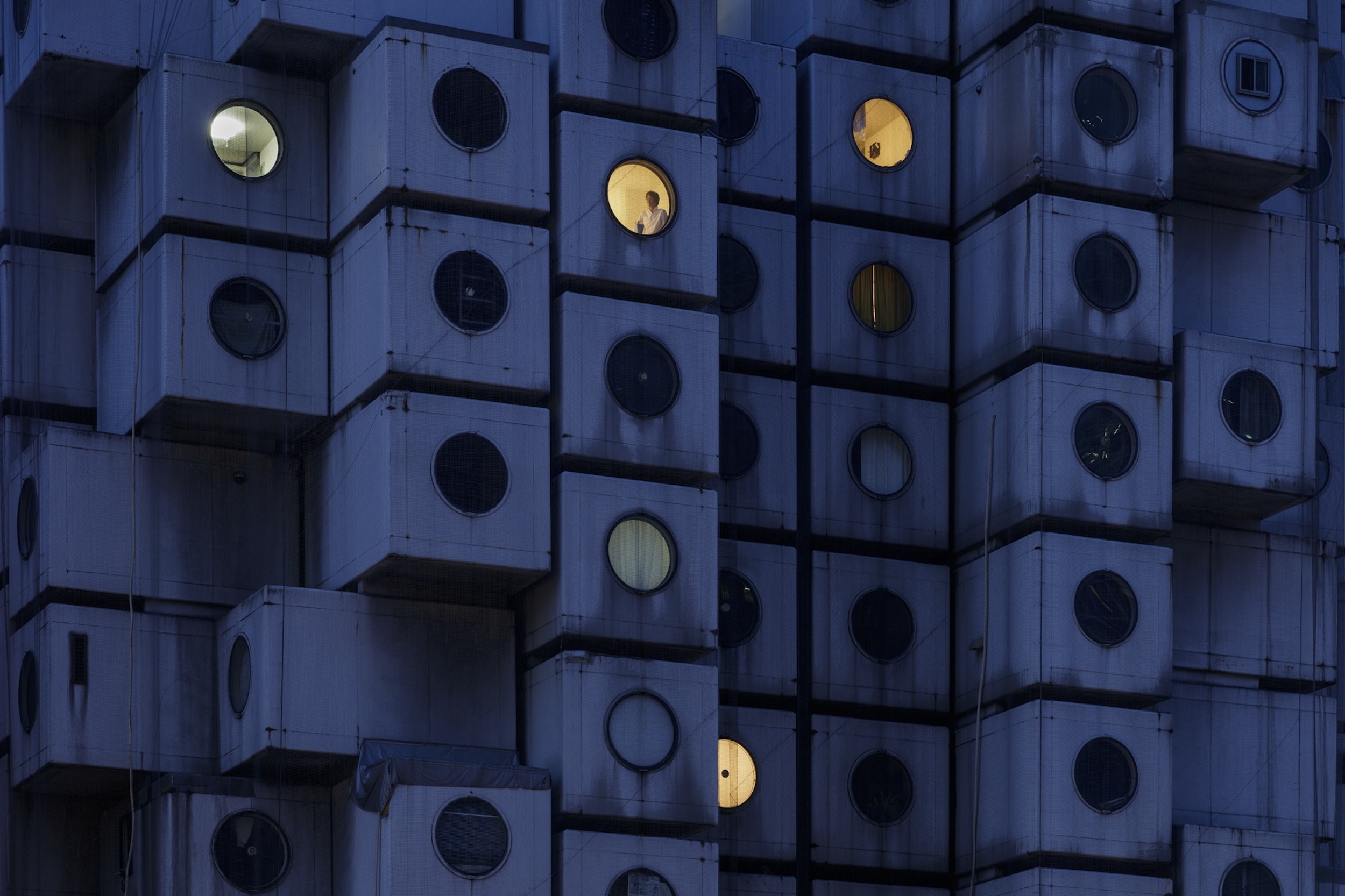 Utopian, modular, futuristic: was Japanese Metabolism architecture's raddest movement?
Utopian, modular, futuristic: was Japanese Metabolism architecture's raddest movement?We take a deep dive into Japanese Metabolism, the pioneering and relatively short-lived 20th-century architecture movement with a worldwide impact; explore our ultimate guide
-
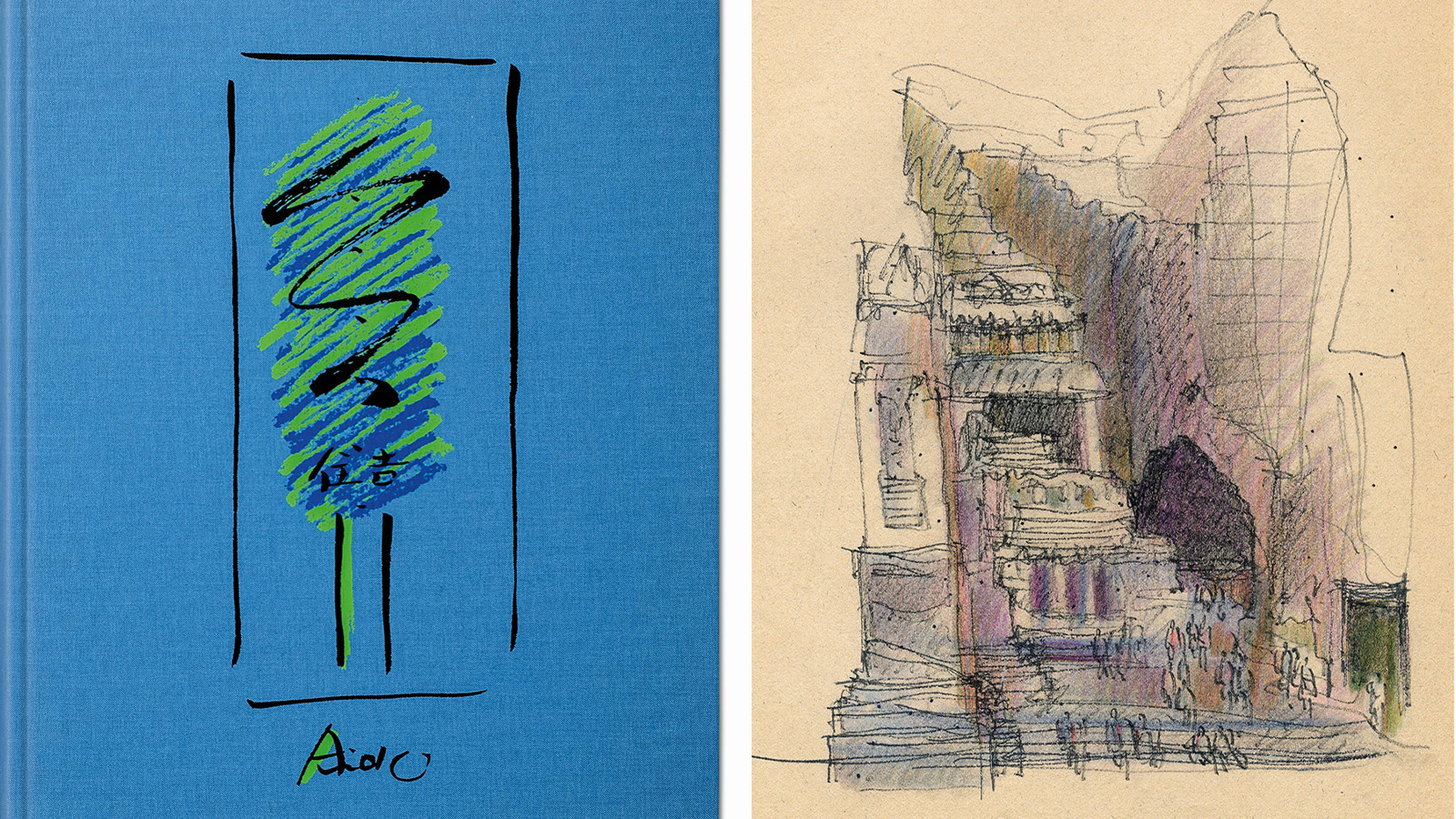 A new Tadao Ando monograph unveils the creative process guiding the architect's practice
A new Tadao Ando monograph unveils the creative process guiding the architect's practiceNew monograph ‘Tadao Ando. Sketches, Drawings, and Architecture’ by Taschen charts decades of creative work by the Japanese modernist master
-
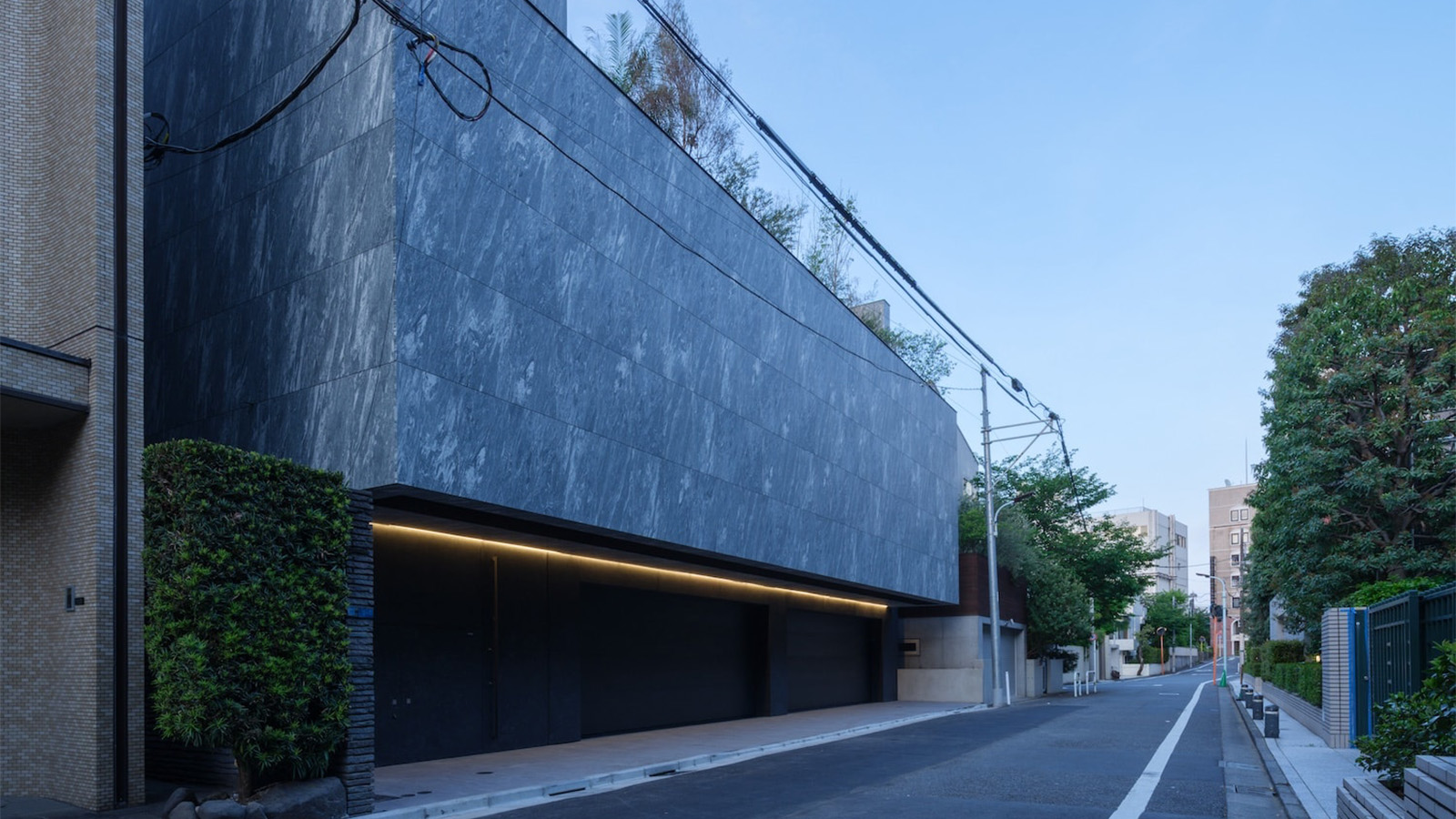 A Tokyo home’s mysterious, brutalist façade hides a secret urban retreat
A Tokyo home’s mysterious, brutalist façade hides a secret urban retreatDesigned by Apollo Architects, Tokyo home Stealth House evokes the feeling of a secluded resort, packaged up neatly into a private residence
-
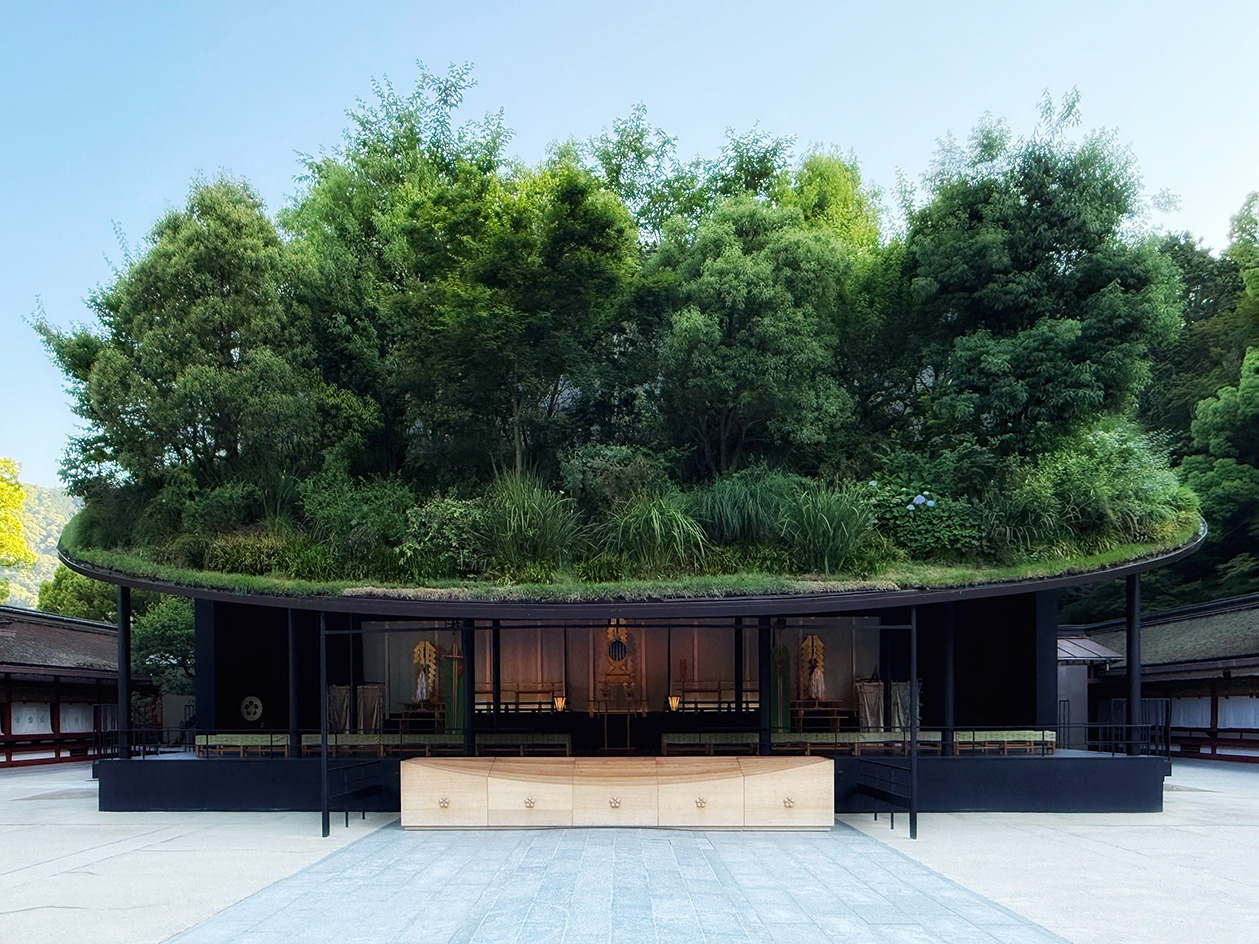 Landscape architect Taichi Saito: ‘I hope to create gentle landscapes that allow people’s hearts to feel at ease’
Landscape architect Taichi Saito: ‘I hope to create gentle landscapes that allow people’s hearts to feel at ease’We meet Taichi Saito and his 'gentle' landscapes, as the Japanese designer discusses his desire for a 'deep and meaningful' connection between humans and the natural world